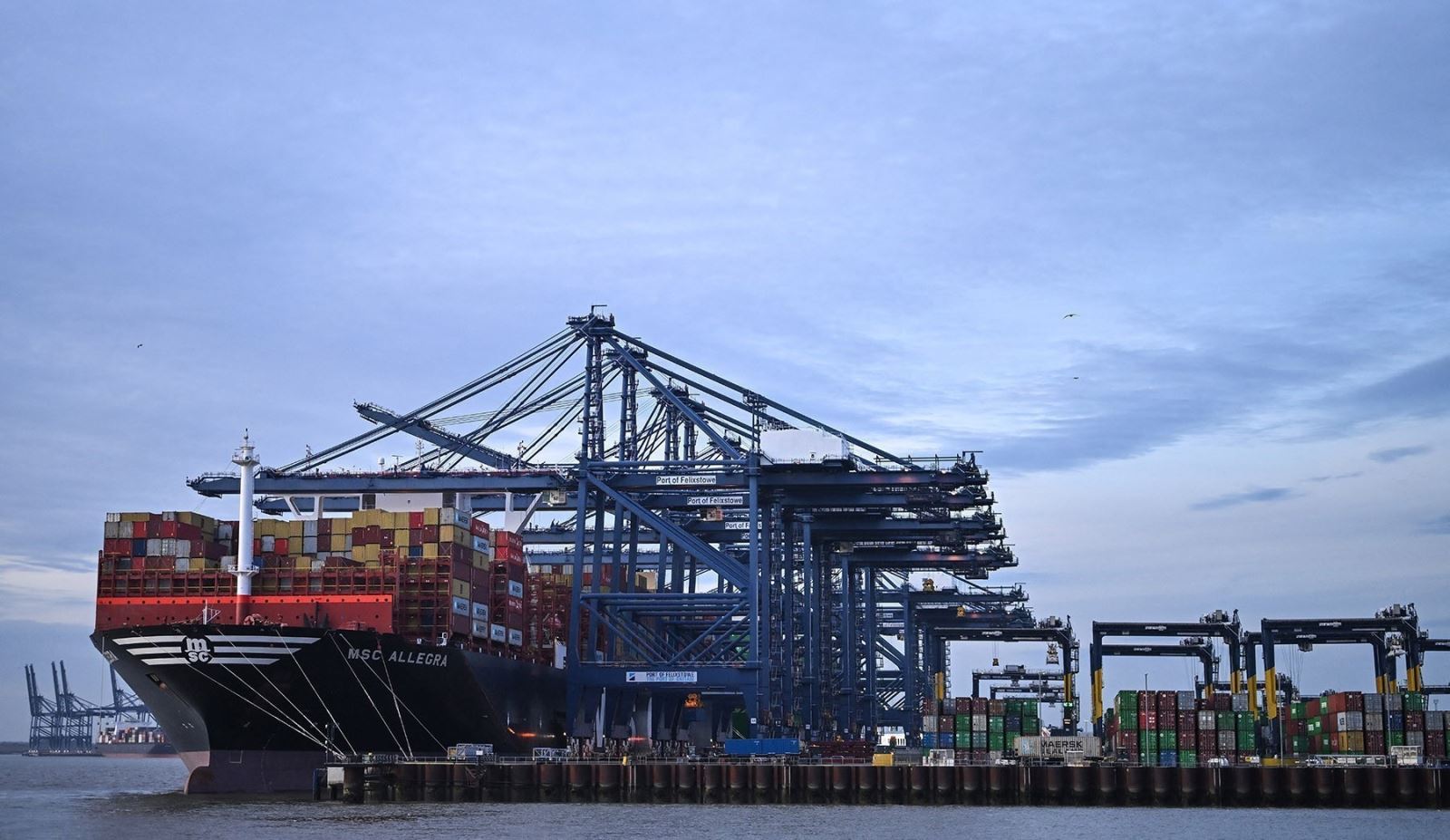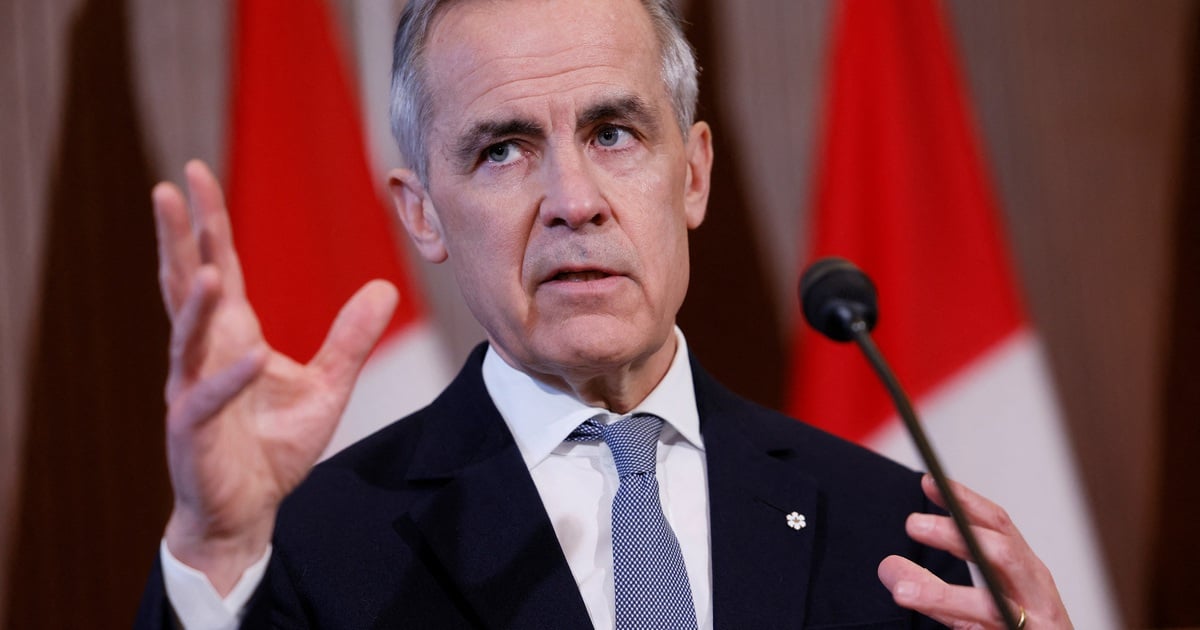| India Cuts Oil Imports; Russia Still Pumps Gas to Europe Why Is Europe Still Dependent on Russian LNG? |
Electricity prices increase and decrease suddenly
On April 28, hourly electricity prices in Germany, Europe's benchmark electricity market, fell to a low of -65.06 euros per megawatt hour at 2 p.m. However, on April 29, they rose to a peak of 204.57 euros at 8 p.m., the highest since December 2023, as wind output fell.
The large difference between the highest and lowest daily electricity prices of 92 euros on average in 2023 represents a large volatility in the German energy market. This has spurred interest in the development and use of renewable energy sources and storage measures to stabilize the energy market.
The rapid swings in electricity prices come as Europe expands its capacity for renewable energy sources such as solar and wind to meet stringent climate targets.
As intermittent energy sources (including solar and wind) make up a larger portion of the energy mix, natural gas plants must be activated quickly to ensure adequate power supply.
In addition, large-scale battery systems to store excess electricity will increase. This is especially important during peak demand periods or when there are sudden fluctuations in renewable energy production. Germany currently lacks both.
 |
| A wind farm in Ketzin, Brandenburg, Germany. Photo: P. Pleul |
What is the reason for the price increase?
“ Germany’s growing demand for flexibility is contributing to the widening hourly price differentials throughout the day,” said Sabrina Kernbichler, senior energy analyst at Energy Aspects Ltd.
When renewable energy production such as solar peaks on weekends and during the spring and summer months, but electricity demand is low, this can lead to a situation where the supply of electricity exceeds the actual demand of the market.
In this situation, the electricity supplier may choose to pay consumers to consume excess energy in order to reduce competition and maintain stability in the electricity system.
Forecasts from analysts at BloombergNEF show that solar power output in May and June will increase in areas where spring and early summer, when long sunlight creates ideal conditions for solar power production.
Power surges and dips have also occurred across Europe, making it more difficult for countries to balance their grids.
Experts predict that demand for electricity on May 1 will be lower than on normal days of the week because it is a public holiday across Europe. During such holidays, production and trade activities decrease and people usually spend more time on leisure and entertainment activities.
Forecasts show that solar power output could peak at 40,695 megawatts, just shy of the record 40,919 megawatts set in May last year. This represents a continued increase in the use of solar energy in Germany, which is significantly higher than in previous years.
Wind power output in Germany also increased significantly, expected to increase to more than 32,000 megawatts from around 4,000 megawatts at noon on April 29. The increase reflected both favorable weather conditions and the expansion of wind power infrastructure.
The April 30 day-ahead auction in Germany reached a price of 69.38 euros per megawatt hour. In France, the equivalent contract was paid at 58.89 euros per megawatt hour.
The gap reflects factors such as energy supply and demand, power system structure, energy production costs, and different energy policies and regulations in each country.
Source




![[Photo] General Secretary To Lam receives Japanese Ambassador to Vietnam Ito Naoki](https://vstatic.vietnam.vn/vietnam/resource/IMAGE/2025/4/3/3a5d233bc09d4928ac9bfed97674be98)

![[Photo] Special relics at the Vietnam Military History Museum associated with the heroic April 30th](https://vstatic.vietnam.vn/vietnam/resource/IMAGE/2025/4/3/a49d65b17b804e398de42bc2caba8368)
![[Photo] Moment of love: Myanmar people are moved to thank Vietnamese soldiers](https://vstatic.vietnam.vn/vietnam/resource/IMAGE/2025/4/3/9b2e07196eb14aa5aacb1bc9e067ae6f)
























































































Comment (0)